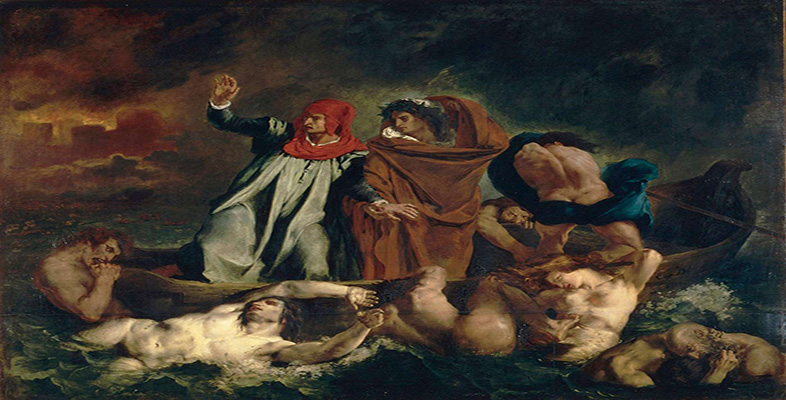1.2 Ideas and influences
The Oriental and the exotic played a central role in this process of artistic negotiation and reconciliation. The Enlightenment’s preoccupation with ‘exotic’ lands as part of an indirect critique of western European societies increasingly competed with visions of the East as a site of fantasy, desire and sensuous pleasure. Like the Prince Regent’s Pavilion, Delacroix’s work also exemplified in many respects a specifically Romantic concern with the Oriental and exotic as a means of unleashing and expressing personal desire. His interest lay largely in Greece, Turkey and Morocco. In a typical switch from an enlightened to a Romantic perspective, the psychological and social ideas opened up by the Enlightenment’s consideration of such places gave way to the application of those ideas to a process of artistic self-exploration and self-expression. And yet, as we shall see, Delacroix was not always so clearly on the side of Romanticism. His 1832 journey to Morocco would be a crucial, transforming influence on his career.
First, it is necessary to establish how Delacroix developed his artistic thought, values and practice in the early part of his career in order to appreciate the full impact on his art of a concern with Oriental and exotic subjects. Our starting point will be the painting that caused the greatest furore of the artist’s career.
